Patients who spend extended time in bed face one major risk: pressure ulcers or bed sores. An alternating pressure mattress is one of the best medical solutions to prevent these painful conditions.
This blog explains how these mattresses work, why they are different from a standard air mattress, and the role of an alternating air pressure mattress in patient care.
What is an Alternating Pressure Mattress?
An alternating pressure mattress is designed with air cells that inflate and deflate in cycles. This changes the pressure points on the body every few minutes, preventing prolonged stress on the skin and tissues.
How it Works
Unlike a basic air mattress, which only provides cushioning, an alternating air pressure mattress actively redistributes pressure. By shifting support areas, it improves blood circulation and reduces the chances of bed sores.
Benefits for Patients
- Prevents Bed Sores: Reduces pressure on high-risk areas like heels, back, and shoulders.
- Improves Comfort: Gentle inflation and deflation create a soothing massage effect.
- Supports Healing: Better blood flow promotes faster recovery.
- Customizable: Caregivers can adjust firmness levels to meet patient needs.
Who Should Use It?
- Bedridden patients for long durations
- Seniors with fragile skin
- Patients recovering from surgery
- Individuals with limited mobility
Cost and Maintenance
These mattresses are more expensive than regular ones, usually priced between $500–$1,500. However, they save money in the long run by preventing complications and reducing medical costs. Maintenance involves regular cleaning and checking the pump system.
Final Thoughts
An alternating pressure mattress is not just a comfort upgrade—it’s a medical necessity for patients at risk of bed sores. Unlike a simple air mattress, an alternating air pressure mattress actively protects skin health, improves comfort, and supports recovery.

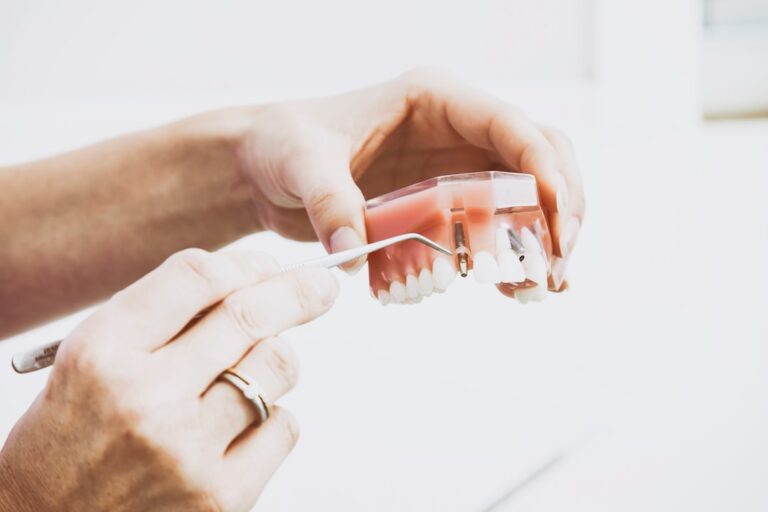


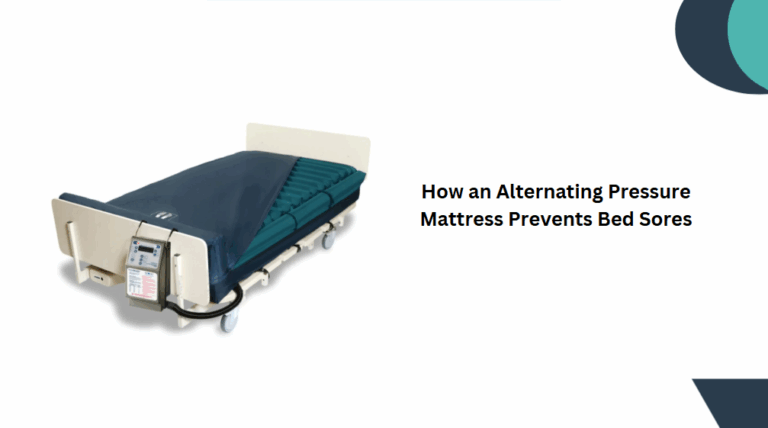
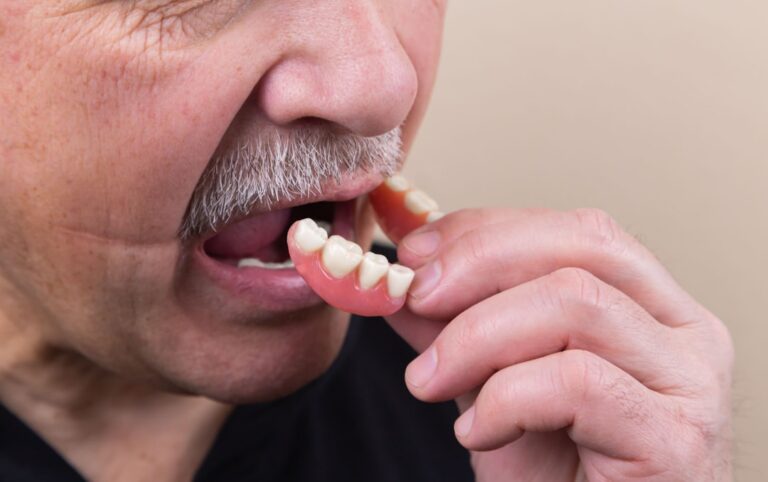
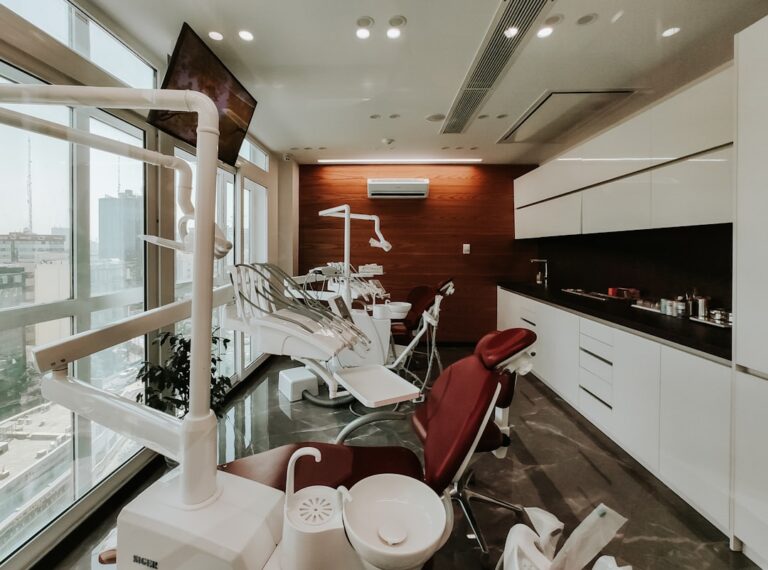
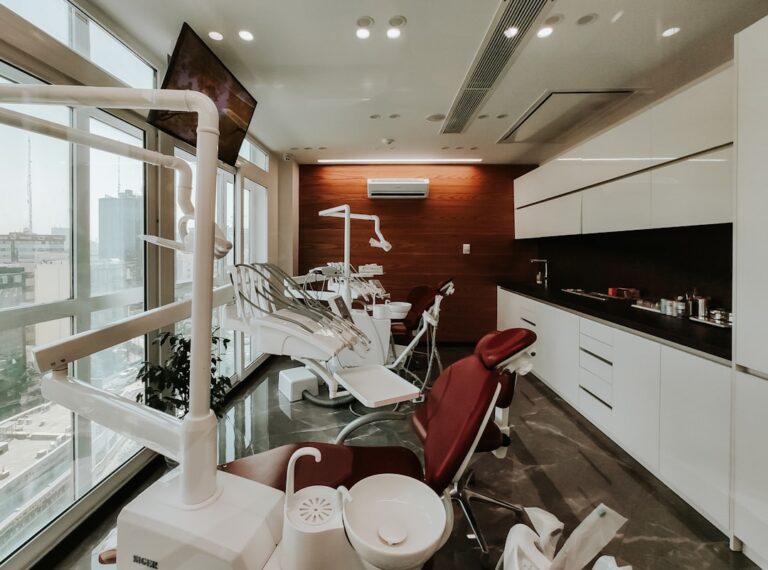





+ There are no comments
Add yours